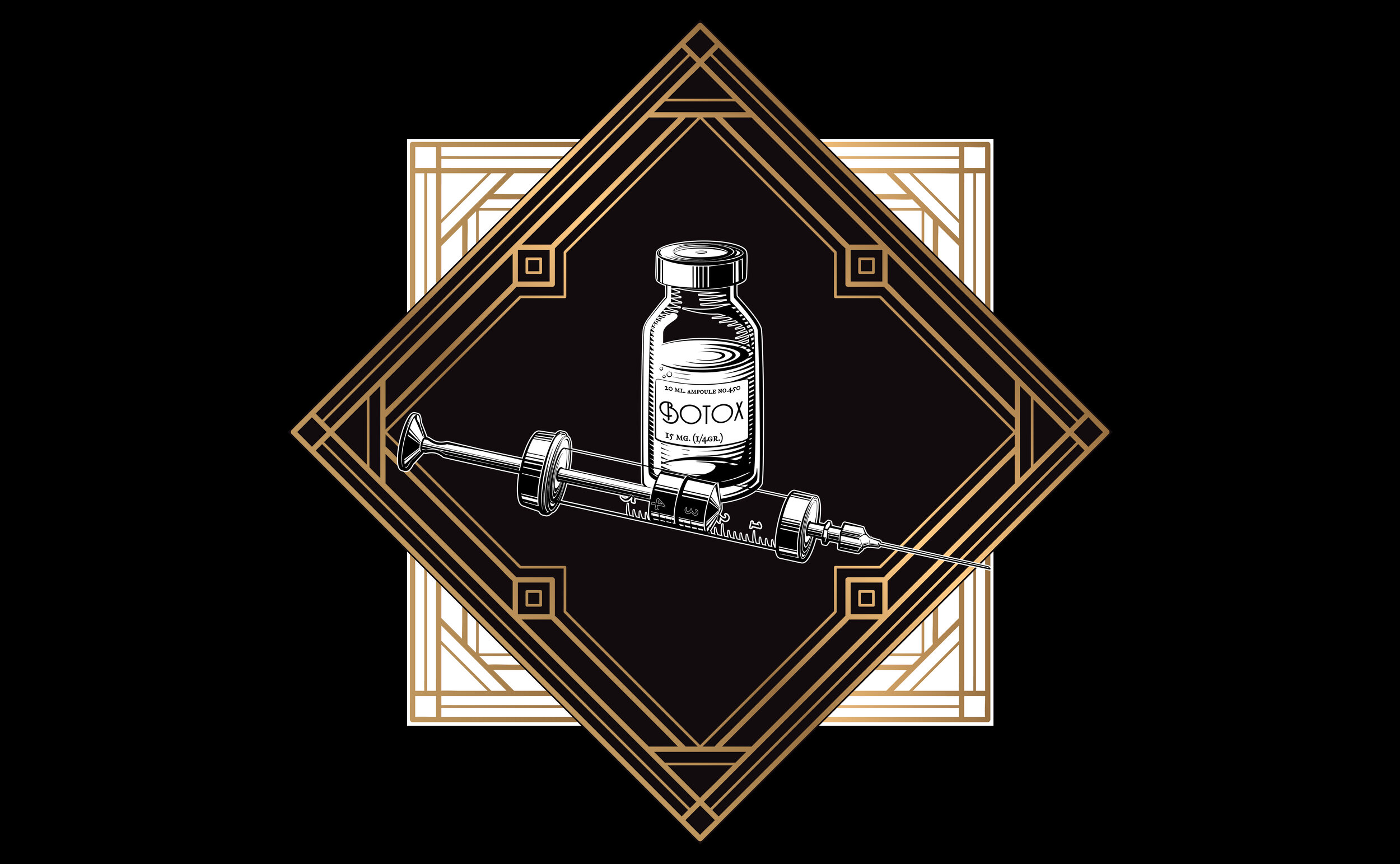Balancing Act: The Risks of Over-Injecting Neurotoxins in Forehead Aesthetics
In the pursuit of smoother, wrinkle-free foreheads, the use of neurotoxins like Botox has become a popular cosmetic procedure. However, like any aesthetic treatment, there are risks associated with overdoing it. I’d like to shed light on the potential dangers of excessive neurotoxin injections in the forehead, emphasizing the importance of a balanced approach for lasting and natural-looking results.
Thin Skin and Muscle Atrophy:
Over-injecting neurotoxins can lead to excessive muscle atrophy, causing the mass that typically supports forehead skin to become very thin and weakened. This thinning can result in forehead skin laxity, leading to a less desirable aesthetic outcome over time. Striking the right balance between muscle relaxation and maintaining muscle mass is crucial for achieving optimal results.
Diminishing Effectiveness Over Time:
Continuous overuse and “touch up” treatments of neurotoxins may lead to diminishing effectiveness, as the muscles become increasingly resistant to the treatment. This can create a cycle where more neurotoxin is required to achieve the desired result, potentially leading to further complications and diminishing returns.
Antibody Development:
There is a small risk of developing antibodies to the accessory proteins present in neurotoxins like Botox. This can reduce the efficacy of the treatment and may even result in allergic reactions. Xeomin is an exception to this risk, making it a potential alternative for those concerned about antibody development.
Some practitioners advocate for a more conservative approach to neurotoxin injections, preserving natural movement in the forehead. Complete immobilization of the muscles is not always the goal, especially considering that even young individuals naturally exhibit movement in their foreheads. Striking a balance that reduces lines and wrinkles while retaining some muscle strength can lead to more natural-looking and sustainable results.
Collagen Boost with PRP:
Integrating Platelet-Rich Plasma (PRP) into the treatment plan can be a proactive measure to counteract the potential thinning of the skin and loss of collagen. PRP stimulates collagen production, promoting skin thickness and elasticity. Combining neurotoxin injections with collagen-building treatments like PRP can contribute to a more comprehensive and effective aesthetic strategy.
Adapting to Changing Dynamics:
Recognizing that patients' needs evolve, practitioners must be adaptable. Aging, disease processes, medication changes, weight loss, and other factors necessitate periodic reevaluation and potential adjustments to the treatment plan. A flexible approach ensures continued success and patient satisfaction.

